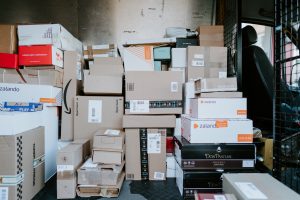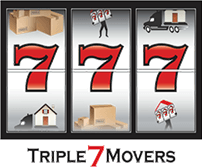The one thing that most people dread about the move is finding enough moving boxes and packing your items. Usually, you end up with too many boxes or the size of your belonging is bigger than you expected. Sometimes, you also manage to get just enough boxes that you need. However, putting your items in these said boxes is not all you need to do. It would be wise to also weigh your boxes before you or your long distance moving companies Las Vegas start loading them into a moving truck. This is not something you must do but it would be very desirable. If you don’t know how to do it, here are some tips you can use.
Before you weigh your boxes, first you need to find them
Finding moving boxes is not easy as it seems. There are a couple of places where you can get your moving boxes. However, the real question is where to find good ones. If you hire full service moving company Las Vegas then you don’t have to worry about finding quality moving boxes. The full-service moving company will provide you with everything you need to complete your move. If you didn’t choose full moving service, then you can find moving boxes at the following places.
- Moving company
- Retailers
- Internet
- Friends or Family
- Reuse old boxes
Now it’s time to start packing your belongings. If this is your first time packing and moving, you can follow the first-time packing guide for easier understanding. Try to start early and have a solid packing plan then you won’t have a problem packing everything.

How to pack your boxes?
You might think that if you want to speed up the moving process, you should hurry while packing your belongings. However, that wouldn’t be a wise move to do as with careful packing, you are ensuring the safety of your items during the transportation. Packing nowadays is a lot simpler than before as you can find moving boxes for almost every household item. However, one thing you should always care about is the maximum weight limit one box can hold. Almost every box has a weight limit written at the bottom of the box.
To check the weight of the box, you can either use your personal judgment by lifting the box. However, a better solution for smaller moving boxes is to use a digital scale. This will give you the most accurate information.

Modern solutions for weighing your boxes
Before you start to weigh your boxes, you first need to properly pack and seal them. You don’t need to seal them completely with tape as you might have to take some items out. Nowadays, there are apps you can download on your phone that can give you approximately the dimensions and the weight of your boxes. However, you must keep in mind that this is not one hundred percent true. Using a kitchen or bathroom scale will give a more precise number. But, the best option is to leave packing and loading boxes to professional movers.




